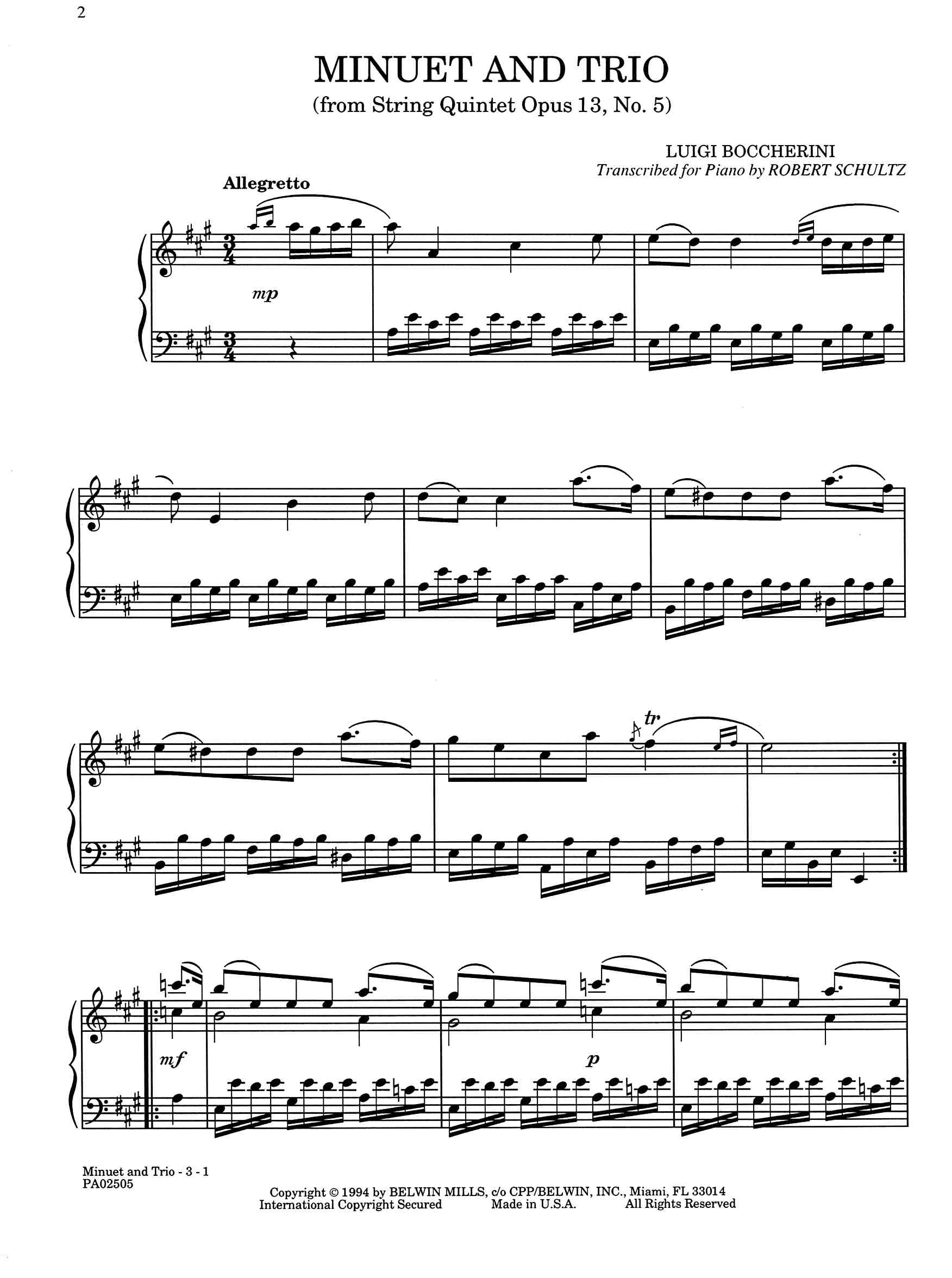
Although modern critics consistently ascribe 'Balkan', 'Gypsy', 'Slavonic', or 'Eastern European' qualities to these trios, the evidence for these claims is scanty. These include circular harmonic motion, schematic melodies, and the use of certain characteristic intervals. While they conjure a range of moods, these trios share several features that mark them as a distinct type.

21, 28, 29, 30, 43, 46, and 58-Haydn developed and cultivated an aesthetic of the minimal. In these trios-of which the most distinctive are in symphonies nos. 3) and its overt disappearance from the genre provide a convenient platform for approaching this issue.Ī number of Haydn’s minuet movements from the 1760s and 1770s contain sparsely scored trio sections in which a single musical idea is repeated continuously, even obsessively. The use of the minuet in the string quartets of Beethoven (Op. The second half of the paper tackles the problem of the minuet’s ultimate dissolution and disappearance from instrumental literature, posing possible reasons for its decline. One could argue that, at some point, the term “minuet” lost its original association with the dance form altogether and was usurped by the scherzo. The first half of this paper traces the development of the minuet, its rise to popularity, and eventual assimilation into larger instrumental forms. This semantic discursion, like many musical terms from the pre-metronome era, must be met with a critical eye when applied to performance practice. As a result, many shades of meaning affiliated themselves with the word “minuet,” depending upon the context of its use. Composers used the minuet’s form, rhythm, and compositional elements in string quartets, symphonies, and even opera.


The minuet craze of the 18th century contributed to an appropriation of its musical style by many genres other than dance.


 0 kommentar(er)
0 kommentar(er)
